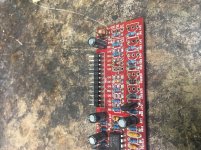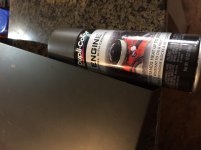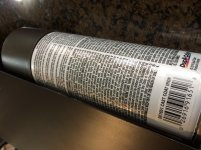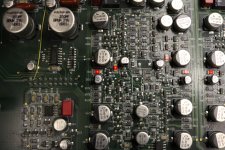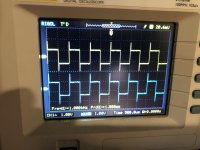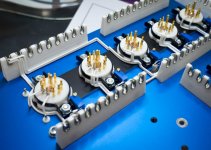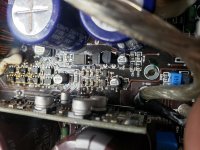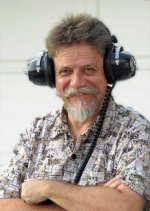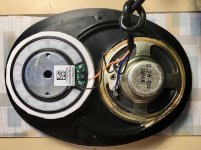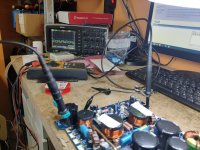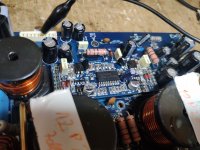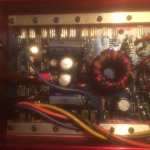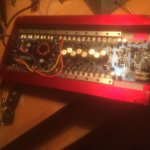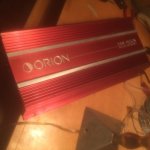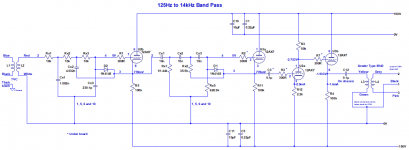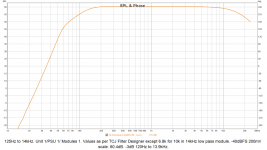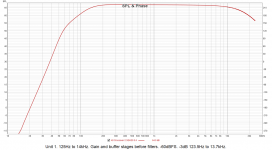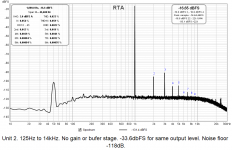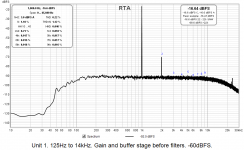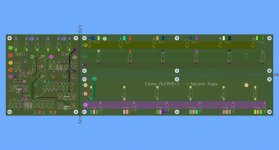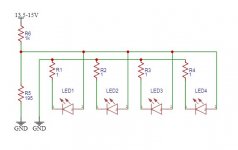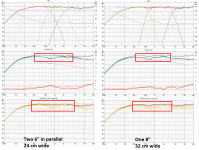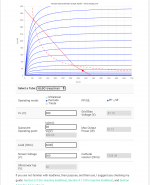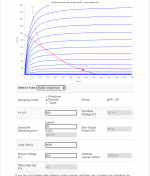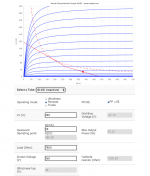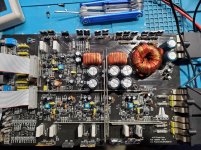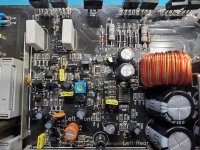Cec Amp71
Hello,
I have just read some piece of information I found interesting. It is taken from http://www.rcm.com.pl/cec/cec_main.htm , and it concerns CEC's new integrated amp, AMP71. The original text is in Polish, here is my (poor 🙁) translation. I may have messed it a bit, I believe HPotter would do a better job. Anyway, here it is:
AMP71 works in Class-A, giving 200wpc max, without generating huge amount of heat. Enough to say, that heatsink temperature of a working amplifiers does not exceed 40 deg. C. What's more interesting, all A class amps, with power exceeding humble 30wpc, have large cases with enormous power supplies. AMP71 has traditional ps with 160000uF caps and two highest 🙂)) quality toroid transformers (650W each). Using two toroid is caused by fully symmetric design, including speaker terminals, not connected to the ground. Basic idea is very simple from theoretical point of view, yet its implementation is not that simple. To make long story short, signal is amplified by single bi-polar transistor, working in pure class A. It amplifies signal from input, which basically means that AMP71 does not contain pre-amp section, and the whole amplification is done by single gain stage without feedback. (...) The most interesting part is how to gain 200W in class A using only one gain stage. As we were said by designer, Mr. Carlos Candeias, gain is set between 40 and 50, and with given 100mV input sensitivity results in 5V max on the output. So where is that 200W coming from? The gain transistor is supported by current source made of 8 transistors per channel, that can easily generate 200W while working in A class (its very high impedance does not influences the signal). Roughly speaking, the power transistor works as switch controlling the
current transistors. The whole process is controlled by detecting output signal and informing the current source about changes, that are apropriately amplified. (...)
Does it sound familiar? Any comments, guys?
Regards,
Marcin.
I have just read some piece of information I found interesting. It is taken from http://www.rcm.com.pl/cec/cec_main.htm , and it concerns CEC's new integrated amp, AMP71. The original text is in Polish, here is my (poor 🙁) translation. I may have messed it a bit, I believe HPotter would do a better job. Anyway, here it is:
AMP71 works in Class-A, giving 200wpc max, without generating huge amount of heat. Enough to say, that heatsink temperature of a working amplifiers does not exceed 40 deg. C. What's more interesting, all A class amps, with power exceeding humble 30wpc, have large cases with enormous power supplies. AMP71 has traditional ps with 160000uF caps and two highest 🙂)) quality toroid transformers (650W each). Using two toroid is caused by fully symmetric design, including speaker terminals, not connected to the ground. Basic idea is very simple from theoretical point of view, yet its implementation is not that simple. To make long story short, signal is amplified by single bi-polar transistor, working in pure class A. It amplifies signal from input, which basically means that AMP71 does not contain pre-amp section, and the whole amplification is done by single gain stage without feedback. (...) The most interesting part is how to gain 200W in class A using only one gain stage. As we were said by designer, Mr. Carlos Candeias, gain is set between 40 and 50, and with given 100mV input sensitivity results in 5V max on the output. So where is that 200W coming from? The gain transistor is supported by current source made of 8 transistors per channel, that can easily generate 200W while working in A class (its very high impedance does not influences the signal). Roughly speaking, the power transistor works as switch controlling the
current transistors. The whole process is controlled by detecting output signal and informing the current source about changes, that are apropriately amplified. (...)
Does it sound familiar? Any comments, guys?
Regards,
Marcin.
